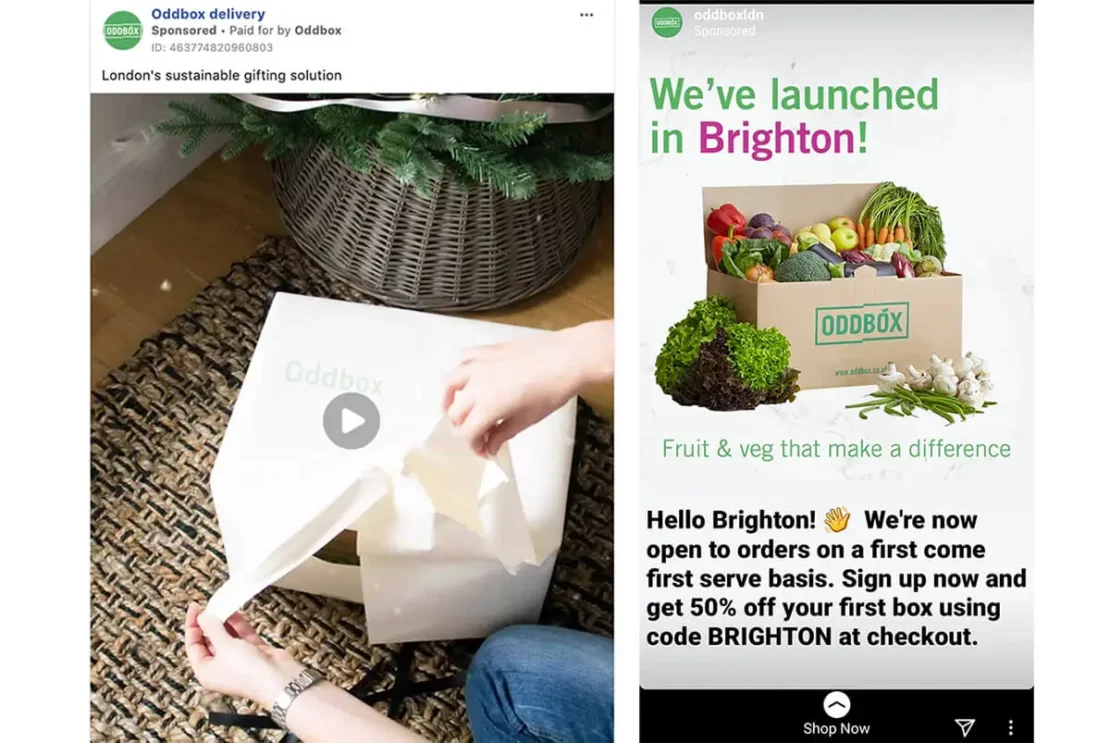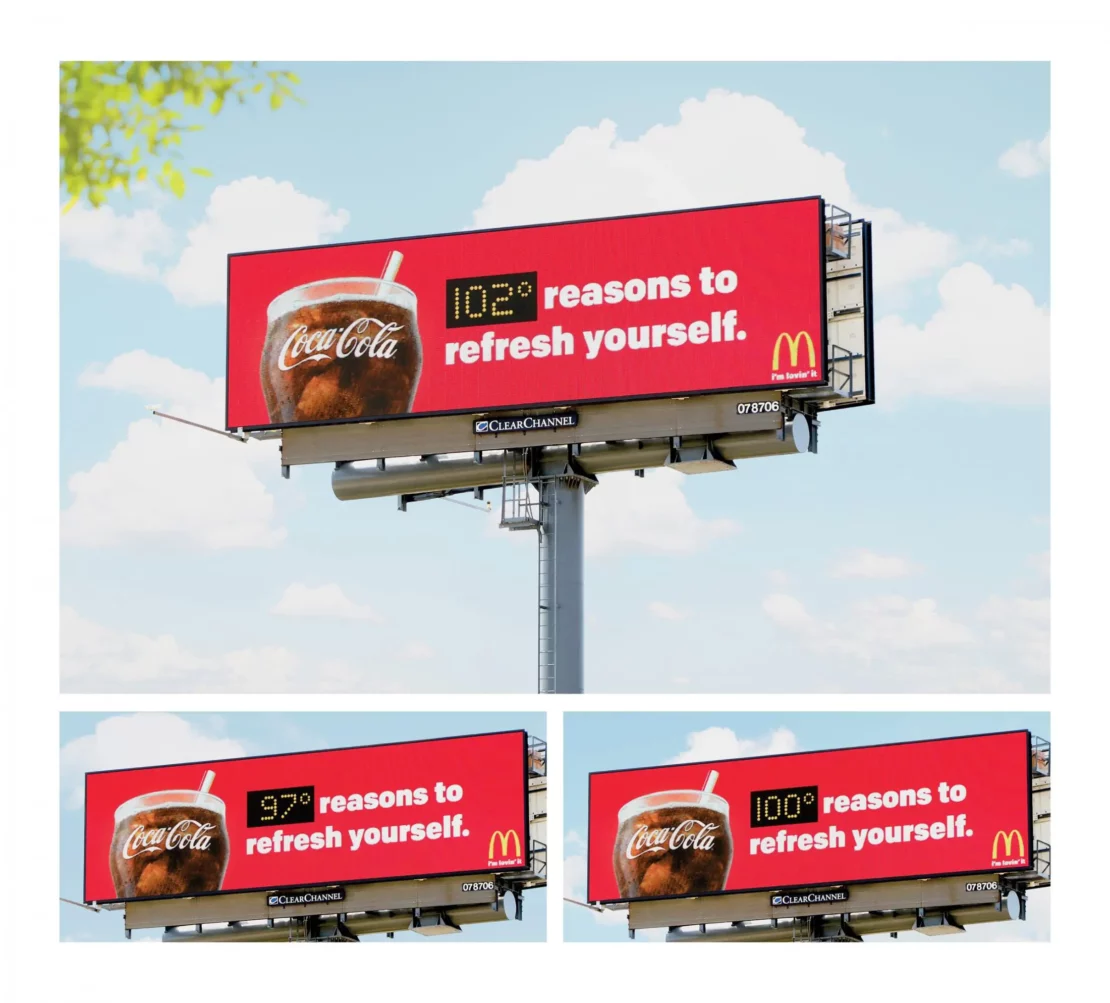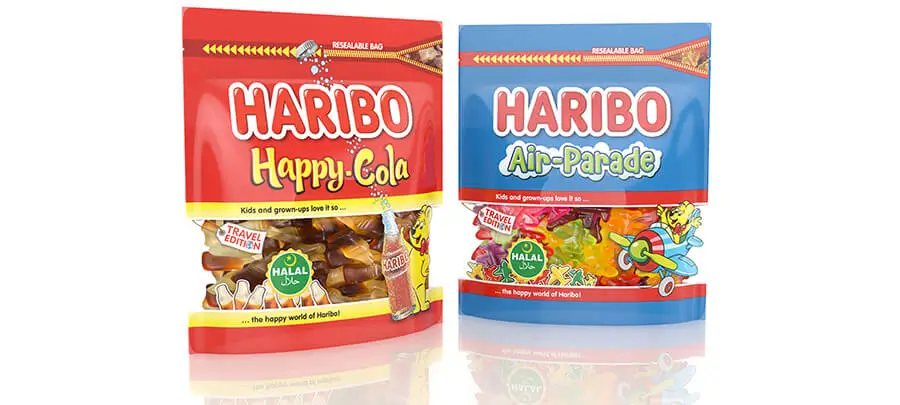BLOG
Geographic Segmentation Explained With 5 Examples
Published: Aug 27, 2020
Learn how to effectively use geographic segmentation in your eCommerce marketing strategy. Get inspired by real-world examples from industry-leading brands.
There is no easier route into personalized marketing than market segmentation. By breaking down your customer base into groups, you can target your resources and ensure your audience receives the messaging that is most relevant to them.
There are 4 main types of market segmentation, and each offers a different way to define an audience:
- Demographic segmentation – grouping customers by identifiable non-character traits like age, gender, or income.
- Psychographic segmentation – grouping customers based on their personalities and interests, including beliefs, hobbies, and life goals.
- Geographic segmentation – grouping customers with regards to their physical location.
- Behavioral segmentation – grouping customers based on their past actions, like spending habits, browsing habits, and brand engagements.

The premise is simple enough, but the key to successful market segmentation is understanding exactly how it can best work for you. Today we’re going to do a deep-dive on geographic segmentation, and discover all the different ways your marketing can benefit from it.
What is geographic segmentation?
Geographic segmentation involves segmenting your audience based on the region they live or work in. This can be done in any number of ways: grouping customers by the country they live in, or smaller geographical divisions, from region to city, and right down to postal code.
Geographic segmentation might be the simplest form of market segmentation to get your head around, but there are still plenty of ways it can be used that companies never think about.
The size of the area you target should change depending on your needs as a business. Generally speaking, the larger the business the bigger the areas you’ll be targeting. After all, with a wider potential audience, targeting each postcode individually simply won’t be cost-effective.
In total, there are six factors that pertain to geographic segmentation and can be used to create customer segments:
- Location (country, state, city, ZIP code)
- Timezone
- Climate and season
- Cultural preferences
- Language
- Population type and density (urban, suburban, exurban or rural)

Geographic segmentation benefits
Easy to implement
Geographic segmentation is different from the other types of market segmentation (especially psychographic and behavioral) because it requires fewer data points.
As a result, it offers a quick and effective route into personalized marketing and can offer tangible ways to reach potential customers using only their location as a starting point.
Higher product relevancy
This helps not only to improve sales but also creates a better relationship between customer and business. Presenting relevant items to customers improves user experience, reducing the amount of effort they need to put in to find what they want.
Improved advertising effectiveness
By presenting more targeted ads, you’ll guarantee that more of your marketing budget is spent reaching relevant customers, and less wasted on those who have no need or interest in your product.
This isn’t to say that geographic segmentation is always the best strategy to employ. It has specific uses for specific businesses and industries. Small businesses working in localized areas will benefit immensely from targeting their marketing to just these areas. Big businesses with products that will have consumer hotspots in specific regions will also benefit.
An international manufacturer of big four-wheel drive vehicles will achieve more sales targeting customers in rural areas than those who drive congested city streets.
But businesses that sell products that do not depend on region-specific patterns won’t benefit as much from geographic segmentation. Consumers of Corn Flakes are likely to be as common in one region as the next.
Geographical parameters by which to segment
There are several geographical parameters you can use, these include:
Location
Getting the obvious out of the way. Segmenting by location gives you a lot of options. It could be a city, a town, different countries, or even a continent. This can also be used to identify a new geographic location your business may wish to expand into.
Climate
Do you think they are buying winter tires in Dubai? Segmenting by climate helps you identify areas where the climate is appropriate for your product or service.
Culture
When addressing your target market you need to account for cultural variations and sensitivities. For example, In Western cultures, white symbolizes purity, elegance, peace, and cleanliness. However, in China white represents death, mourning, and bad luck.
Population
This can either focus on density or population type. A brand may choose to focus on a densely populated city area, for example, a fitness chain wouldn’t set up a gym in a rural area. You can also overlay demographic information here to find target audiences.
Urban, suburban and rural
These three different environments all need different and specific marketing strategies as customer needs are different. Those in cities and suburbs tend to have more purchasing power than rural areas, so products can be more expensive.
Language
Not every country in the world wants or can be marketed to in English. If you’re running a marketing campaign it will be essential it’s done in the local language. You’ll need to make sure you’re ready to enter a market if all your marketing messages are going to need to be changed.

Geographic Segmentation Examples
An example of geographic segmentation is an ice cream company segmenting a country by how hot different regions are and targeting those specific areas that are hottest and therefore more likely to buy ice cream.
But that’s a very basic example.
There are however a number of different variables that you might consider when setting up your own geographic segmentation. These are the different ways you might choose to target consumers once you’ve decided on the location you want to focus on. Let’s look at how each might best be used.
Example 1: Segmenting based on location
Though all geographic segmentation involves grouping customers by the area they live or work in, here we’re talking about selling purely based on the availability of a product to a certain area. This is a tool that is useful to businesses that only have the infrastructure or facilities to serve customers within certain boundaries.
The food box subscription service Oddbox has, until recently, only had the infrastructure to deliver within the borders of London. However, they have now expanded to deliver to another nearby city, Brighton.

Using geographic segmentation they were able to target potential customers living in the city and deliver relevant marketing via social media ads. See their ads targeting Londoners and Brighton residents back to back above. As a result, users who weren’t previously aware of Oddbox can be shown the service now available to them.
For bigger, global brands segmentation by country becomes even more important. One brand that always hones it’s advertisements to the country it’s targeting is McDonald’s.
To see exactly how they do this watch the video below.
Whilst the above videos can be used to address an entire country, some brands choose to go even more local and focus on specific cities.
One brand that tried this was Nike with their “Nothing Beats A Londoner” video. The video does a great job of addressing football fans in London by including key landmarks, local football stars, and general life in London.
It worked so well that it shot to the top of YouTube’s trending chart within hours. It was even covered by national newspapers, tweeted by London mayor Sadiq Khan, racking up millions of views in the process.
Example 2: Segmenting based on time zone
Time zone marketing is most useful to large businesses, as they are more likely to be operating across multiple time zones. It can also be of interest to smaller businesses if they operate in nations that have more than one time zone, as the United States.
Email marketing is an area that can hugely benefit from segmenting by time zone. Whilst big announcements and press releases should generally be shared at a set time, generic email marketing often benefits from being seen at a certain time of day.
If you are looking to have your customers read your email first thing on a Monday morning, segmenting by time zone allows it to arrive at 8:45 am local time, putting your email right at the top of the pile.

Example 3: Segmenting based on climate and season
There’s nothing worse than a badly targeted advert – except being caught without a winter coat in the middle of a deep freeze. Marketing based on the climate or season in a specific location allows you to present the most relevant information to your audience.

Seasonal offers tend to run for long periods, like the IKEA promotion above, which was marketed to British customers just as the summer kicked in. They can also be extremely time-sensitive, like a supermarket’s promotion of ice cream during an unexpected heatwave.
If you’re targeting an area that is consistently hot, or perhaps for the duration of summer months you could get a bit more creative. The below example from Coca-Cola does just that.
The below outdoor advertisement is in Dallas, Texas. Summer temperatures here are consistently above 95°F so the ad works really well.

Example 4: Segmenting based on cultural preferences
Different regions will have different values that determine whether or not customers decide to make a purchase. In some cases, these values will be determined by the dominant local religion or long-standing traditions and customs, but in other cases, they can be more esoteric local habits that nonetheless need to be understood and catered for.
One of the most common considerations for food manufacturers is religious dietary restrictions. Companies like Haribo that primarily sell gelatin-based sweets, use slightly adapted recipes to cater to the needs of certain demographics.

The German-based company’s main factory in Bonn and their UK factory in Pontefract create their standard range of sweets. Their base in 99% Muslim-majority Turkey, however, makes and markets only halal gummies, using bovine gelatine instead of the porcine gelatine found elsewhere.
From an advertising point of view it’s also important to consider local culture. A recent example of this is Toyota’s TV adverts for its new car the Camry.
In total eight commercials were made to target different demographics across America.

Toyota even went one step further and ran the commercials in between TV Programmes whose main viewership matched the ads. People would see different commercials based on whether they were watching “Scandal” on ABC, which has a high number of African-American viewers, VS a Spanish-language network show on NBC such as Universo.
Example 5: Segmenting based on population density
Another variable to consider is the density and type of the population in the area you’re targeting. People living in urban areas have very different experiences than those in suburban, exurban, or rural regions.
Being able to segment by population density is especially useful for home and garden retailers. Imagine you’re someone like Home Depot. You probably shouldn’t pitch city-dwellers an electric riding lawn tractor, when you’d have much more luck marketing them a manual push reel lawn mower, which takes up less space and is suitable for small garden maintenance jobs.

Don’t forget about the other types of market segmentation
Overlaying other types of market segmentation on top of these geographic parameters will allow you to drill down to a specific target market you can run targeted advertisements to. This ultimately will help you achieve customer growth and product sales.
- Psychographic segmentation
- Demographic segmentation
- Behavioral segmentation
In conclusion
Market segmentation is such a powerful tool for reaching your customers in ways that feel relevant and useful to them. Geographic segmentation is perhaps the simplest way to get your foot in the game.
Think about exactly how your company can best benefit from it: Are you a big company that can utilize different messaging across different regions, or a small business that stands to get a lot more bang for their marketing buck if they target their local area? Maybe your product will be of particular interest to city-dwellers, or most in-demand during certain seasons.
Whatever the case, there’s an opportunity to use geographic segmentation to your benefit.
Get in touch with Yieldify to discuss using audience segmentation to personalize your customer experiences!
Geographic segmentation FAQs:
Geographic segmentation is a marketing strategy that presents potential customers with targeted messaging based on their geographic location.
A great example of geographic segmentation is a clothing retailer that presents online customers with different products based on the weather or season in the region they reside in. A customer in New York will require much different clothing in the winter months than one living in Los Angeles.
Geographic segmentation is used by companies across many sectors, but it’s most useful to businesses selling goods that might be affected by changes in climate or local customs. Companies with very defined regional interest, like sports teams, or small businesses offering local delivery, also benefit from marketing targeted this way.